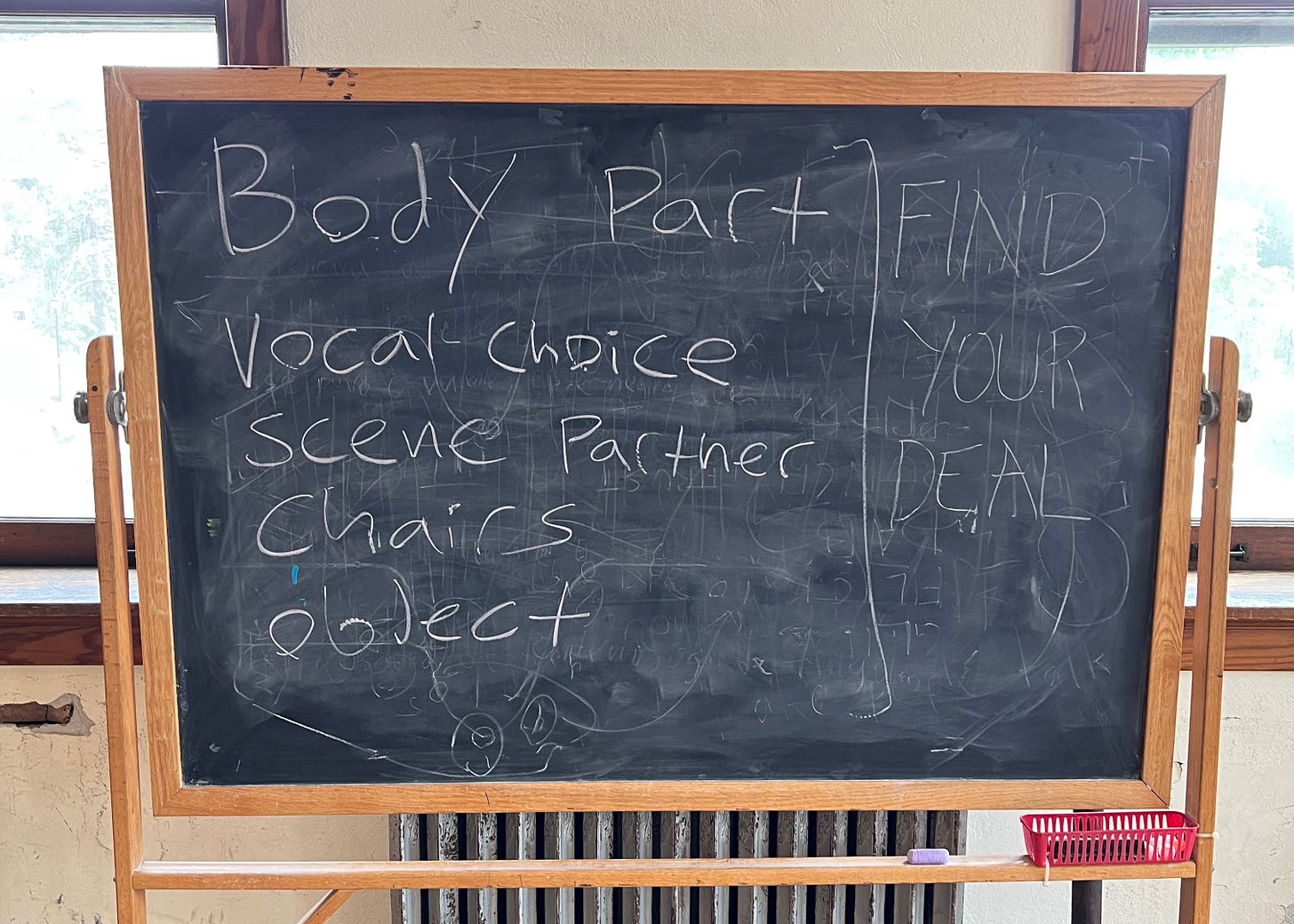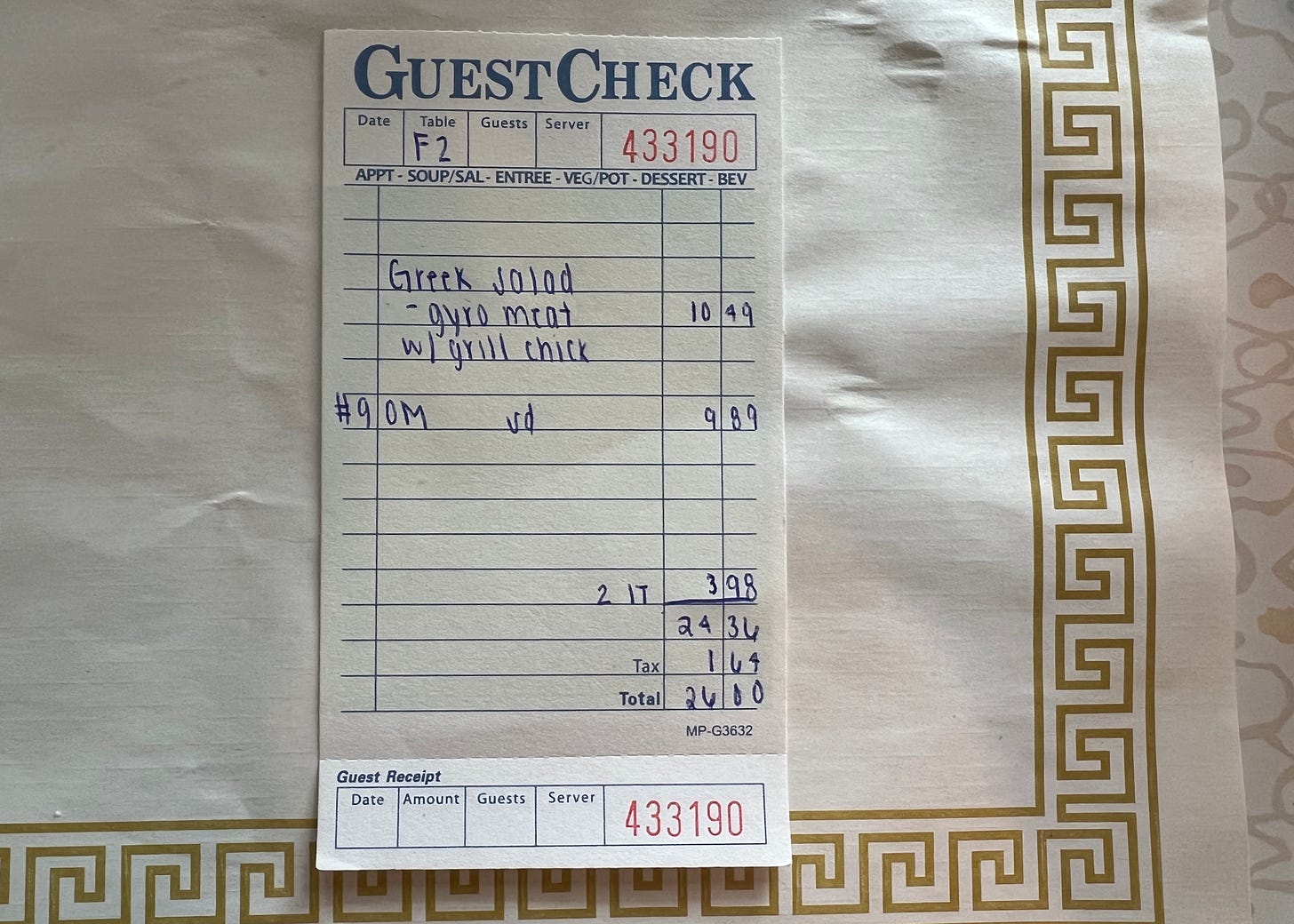This NYT piece on Dolby Atmos and spatial audio is fairly bullish on the technology, enough so that I am moved to share an outtake from the Harper’s piece on speakers. Short version: multi-speaker formats can be amazing and elevated or whatever if the process is 1:1. Make a thing in Atmos and play it back in the same environment? Great. But most of what’s in play here was mixed and recorded for stereo playback and is being sold—after being Atmos-ized—in a format that apes the spatial experience for a headphone setting. (Some people, not many, will have an actual multi-speaker format and life is different for them. Bully for these folks.) We are talking about tricks, in other words, not that there’s anything wrong with tricks.
If you like things like this, consider a subscription.
Recorded music formats have been plagued by a sense of compromise from the start. According to Chris Kyriakakis, Professor of Audio and Acoustics at USC, everyday sound events come at a listener from approximately 10,000 directions. Perhaps with this in mind, a Bell Labs study carried out by Harvey Fletcher in 1931 recommended that audio be rendered in three channels: left, right, and center. Fletcher determined that three channels was the closest plausible route forward to achieve realistic sound reproduction, a way to at least approximate the experience of those many directional sounds. This approach had been nicknamed stereophonic, from the Greek root, stereos, which means solid and three-dimensional, not two. The industry went with two, rather than three, but kept the word stereophonic. Alan Blumlein, the British engineer who developed theoretical models for much of the stereo experience, including the stereo LP groove, died doing military research and did not see his concepts made real. Something about recorded music feels a bit cursed.
Almost exactly one hundred years after Western Electric invented superior sound for home hi-fi enthusiasts who did not yet exist by making speakers for the cinema, headphone listeners are inheriting a protocol also made for movies, though the audio fidelity outcome is the opposite: trash. Apple recently introduced Spatial Audio, a feature that uses Dolby Atmos software to make sounds move around through the binaural field. Developed in 2010 for movie theaters, Atmos is a way of mixing sound so that it travels to an array of physical points. In the world of movies and some surround sound music systems, this means sending audio into dozens of speakers above and behind audience members. Have you seen Thor: Ragnarok? The sound in that movie is a product of Dolby Atmos, mixed in a studio not unlike the theater you ended up sitting in. I loved that particular experience, and I think spatial audio systems can be powerful, especially in the movies, themselves, where Dolby Atmos was designed to be used. Again, movies came first. But there is a hitch this time.
What you now see on your phone as Spatial Audio, or Dolby Atmos, both complete with corporate logos, is not Atmos as you hear it in a movie theater. What you have on your phone is a “fold down” of all the x, y, z axis metadata bundled into a Atmos mix, the information that sends pieces of audio to specific speakers, when there are actually lots of speakers present. Your phone has one speaker and a stereo output. Apple’s Spatial Audio software uses perceptual tricks of EQ and placement, to fold down the multi-speaker experience into a binaural mix for that stereo output. What does this actually sound like? Jon Leidecker, of Negativland and Wobbly, and a former Dolby Atmos employee, described it as a “big reverb button,” and I think this is fair. In March, someone named KamranV at Digital Music News wrote: “At the risk of sounding reductive, Atmos+Apple Music sounds bad.”
Apple lent me a pair of their Airpod Max headphones, which are confusingly named, since they are not Airpods—they are comfortable over-ear headphones. In the morning, when I switch back and forth between web radio stations, they are ideal. The noise-canceling is effective and I feel appropriately isolated from the other inhabitants of my small East Village apartment. The sound quality is papery and clean, with slightly more bass than necessary, which I like. This is now a common attribute of low volume settings like headphones. I know my drink is being sweetened and I like it. But if you don’t like bass, it’s not sweet. The problem with mass culture products is that you can only amplify a few valuables and still keep it simple, so choices are made for you before you even buy the thing.
I wanted to know what Spatial Audio was, and having appropriately clicked the settings on the preferred gear, I listened to both new and old songs in Spatial Audio mixes. The new version of Blondie’s “Hanging On The Telephone” makes it sounds as if Debbie Harry has been placed at the front of the room, several feet away from the other musicians. The effect is not unpleasant but reduces the delicious tension of the original, where the singer and her band are all in the same phone booth. When I asked Chris Stein of Blondie about this mix, he had not heard it (though his manager said they had nominally approved the idea with Apple).
“I’m not a big headphones listener,” Stein told me.
My objection, which is firm but mild, is not that Spatial Audio is a terrible idea, any more than surround sound is now or quadraphonic stereo was in the Seventies. Ideally, an artist creates a sound object that can be reproduced in the way they envisioned. This is not the case with the Spatial Audio mix of Blondie, where a new protocol has been imposed from the outside, and not because the artist asked for it. Perhaps artists will create new mixes for Spatial Audio that make use of what the protocol has to offer, but a huge number of labels and listeners would have to adopt this approach for it be significant, convenient, or both.






